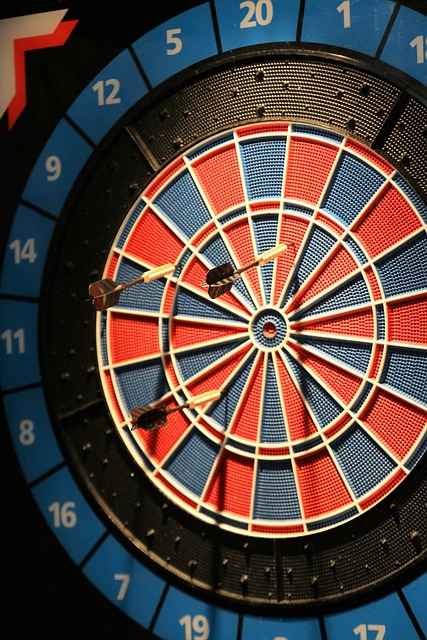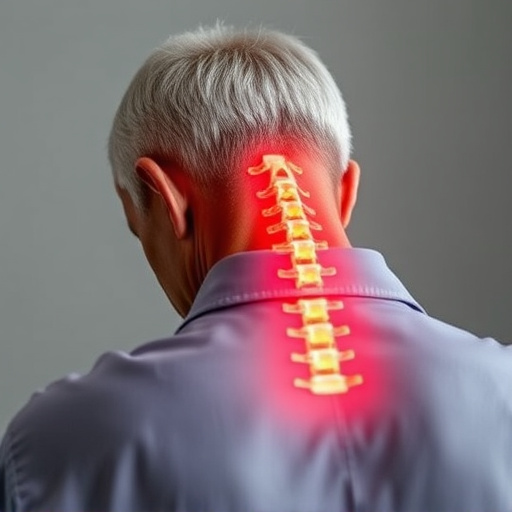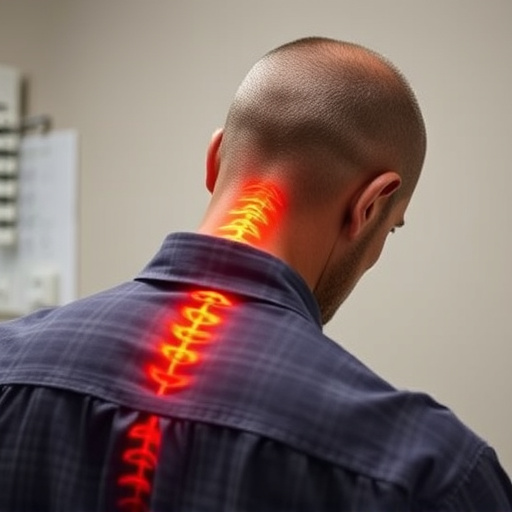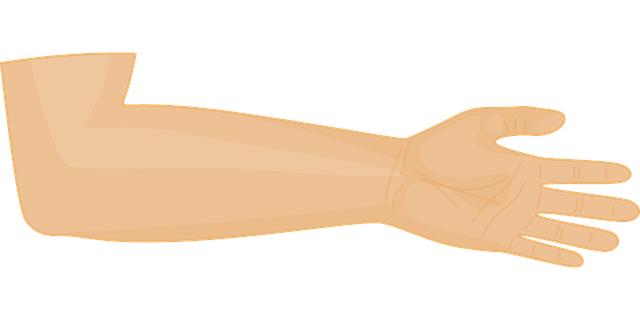Ingrown hairs, a common post-shaving or waxing issue, cause inflammation and infections. Effective treatments include laser hair removal, which targets hair follicles to prevent regrowth and reduce scarring for long-term relief. Topical medications, exfoliation, dermabrasion, and chemical peels are also used. Laser hair removal stands out for its permanent results, minimal downtime, and ability to target specific problem areas, making it a popular choice for managing ingrown hairs, especially for sensitive skin. Skincare routines and proper aftercare practices further aid in reducing inflammation and promoting healthy skin healing.
Tired of battling ingrown hairs? They’re a common struggle, but expert care can transform your skin. This comprehensive guide delves into the root causes of ingrown hair and explores effective treatments, with a special focus on the rising popularity of laser hair removal as a game-changer in management.
Learn expert routines and insider tips to achieve smoother, healthier skin. From understanding the science behind ingrowns to discovering tailored care solutions, this article is your roadmap to goodbye, ingrowns!
- Understanding Ingrown Hair: Causes and Common Treatments
- The Rise of Laser Hair Removal for Ingrown Hair Management
- Expert Guidance: Effective Ingrown Hair Care Routines and Tips
Understanding Ingrown Hair: Causes and Common Treatments

Ingrown hairs are a common concern, especially after shaving or waxing. They occur when the hair grows back into the skin, causing inflammation, redness, and sometimes infection. Understanding the causes is the first step towards effective treatment. Laser hair removal has emerged as a popular solution for ingrown hair, targeting the hair follicle to prevent regrowth and reduce scarring. This non-invasive procedure offers a permanent reduction in unwanted hair, making it an appealing option for those seeking long-term relief.
Other common treatments include topical medications, such as retinoids or salicylic acid, which help unclog pores and promote new skin cell growth. Exfoliation is also crucial, removing dead skin cells to prevent hair from trapping beneath the surface. In severe cases, medical procedures like dermabrasion or chemical peels might be recommended to physically remove damaged skin layers, allowing for healthier regrowth.
The Rise of Laser Hair Removal for Ingrown Hair Management

In recent years, laser hair removal has emerged as a game-changer in the realm of ingrown hair management. This advanced technique offers a permanent solution to a common skin concern, providing relief for those struggling with ingrown hairs on various body parts. The process involves using concentrated light energy to target and destroy hair follicles, preventing future hair growth in the treated area. With its precision and effectiveness, laser hair removal has gained significant popularity as an alternative to traditional methods.
Compared to other treatments, laser hair removal offers several advantages. It is a non-invasive procedure with minimal downtime, making it appealing for individuals seeking quick relief without extensive recovery periods. Moreover, this method can target specific problem areas, ensuring effective management of ingrown hairs where they are most prominent. As a result, many folks are turning to this innovative approach for a smoother, hair-free skin experience.
Expert Guidance: Effective Ingrown Hair Care Routines and Tips

Ingrown hairs can be a painful and unsightly issue, but with expert guidance, managing and treating them is achievable. Professional dermatologists and estheticians offer valuable insights into effective ingrown hair care routines. One of the most popular and permanent solutions is laser hair removal, which targets the hair follicle, reducing hair growth in treated areas. This method is especially beneficial for individuals with sensitive skin who experience frequent ingrown hairs due to shaving or waxing.
In addition to laser treatments, experts recommend a comprehensive skincare routine. This includes gentle exfoliation to remove dead skin cells and unclog pores, as well as the use of hydrating and calming products to soothe irritated skin. Using appropriate razors and techniques during hair removal processes can also minimize ingrown hairs. Proper aftercare, such as applying cool compresses and avoiding harsh chemicals, further aids in reducing inflammation and promoting healthy skin healing.
Ingrown hair can be a persistent and uncomfortable issue, but with advancements in skincare technology and expert guidance, effective management is now more accessible than ever. Laser hair removal has emerged as a game-changer in treating ingrown hairs by targeting the root of the problem. Combining this innovative procedure with tailored care routines and expert tips can lead to significant improvements and prevent future occurrences. By understanding the causes and adopting specific strategies, individuals can achieve smoother, healthier skin. So, if you’re seeking relief from ingrown hair, consult a professional and explore the benefits of laser hair removal for long-lasting results.














